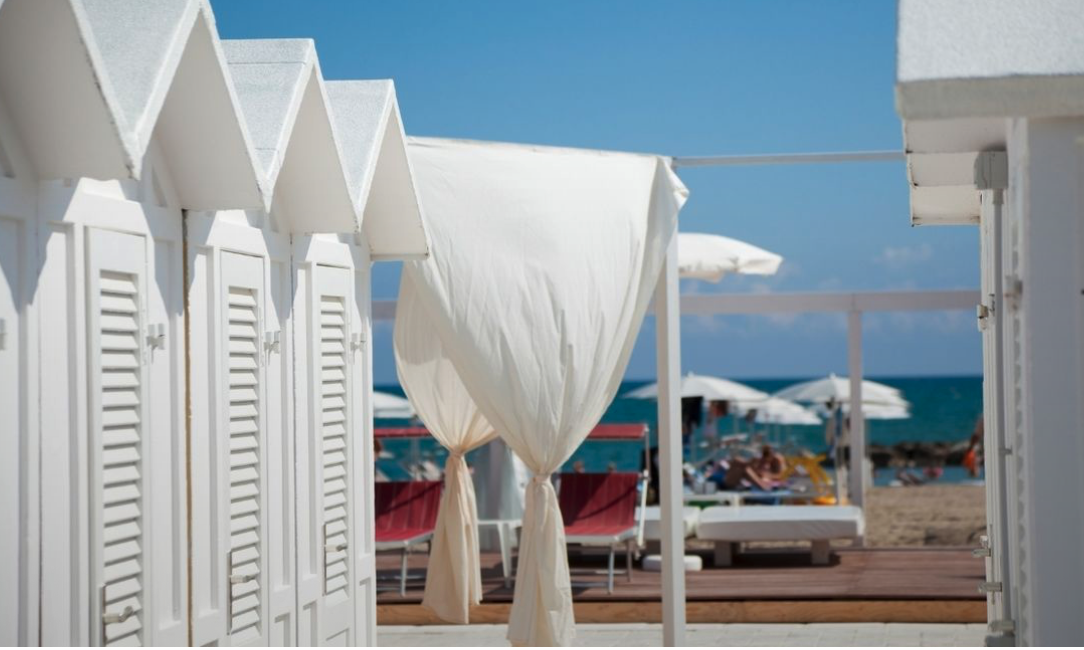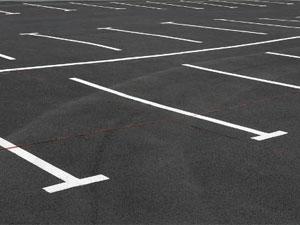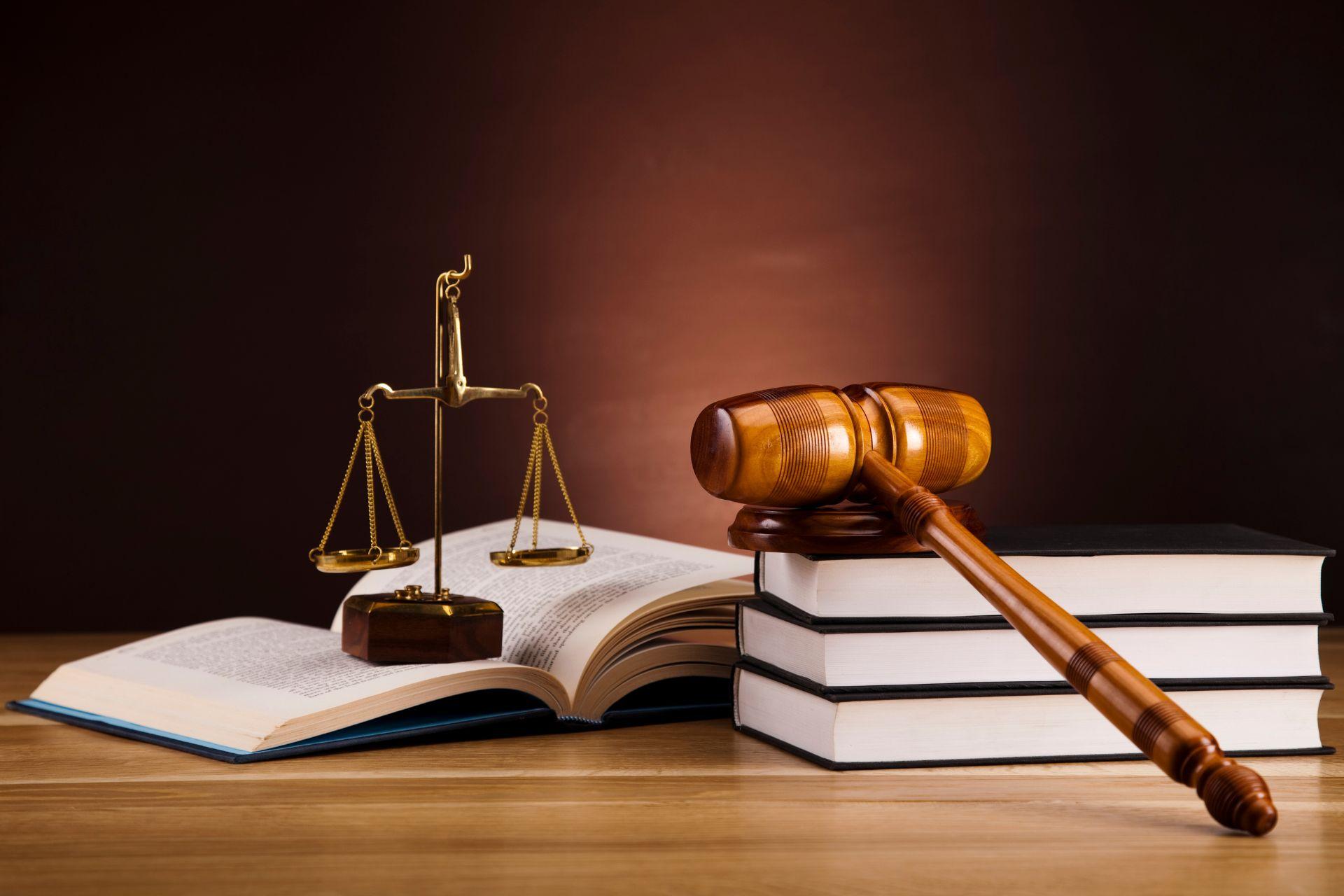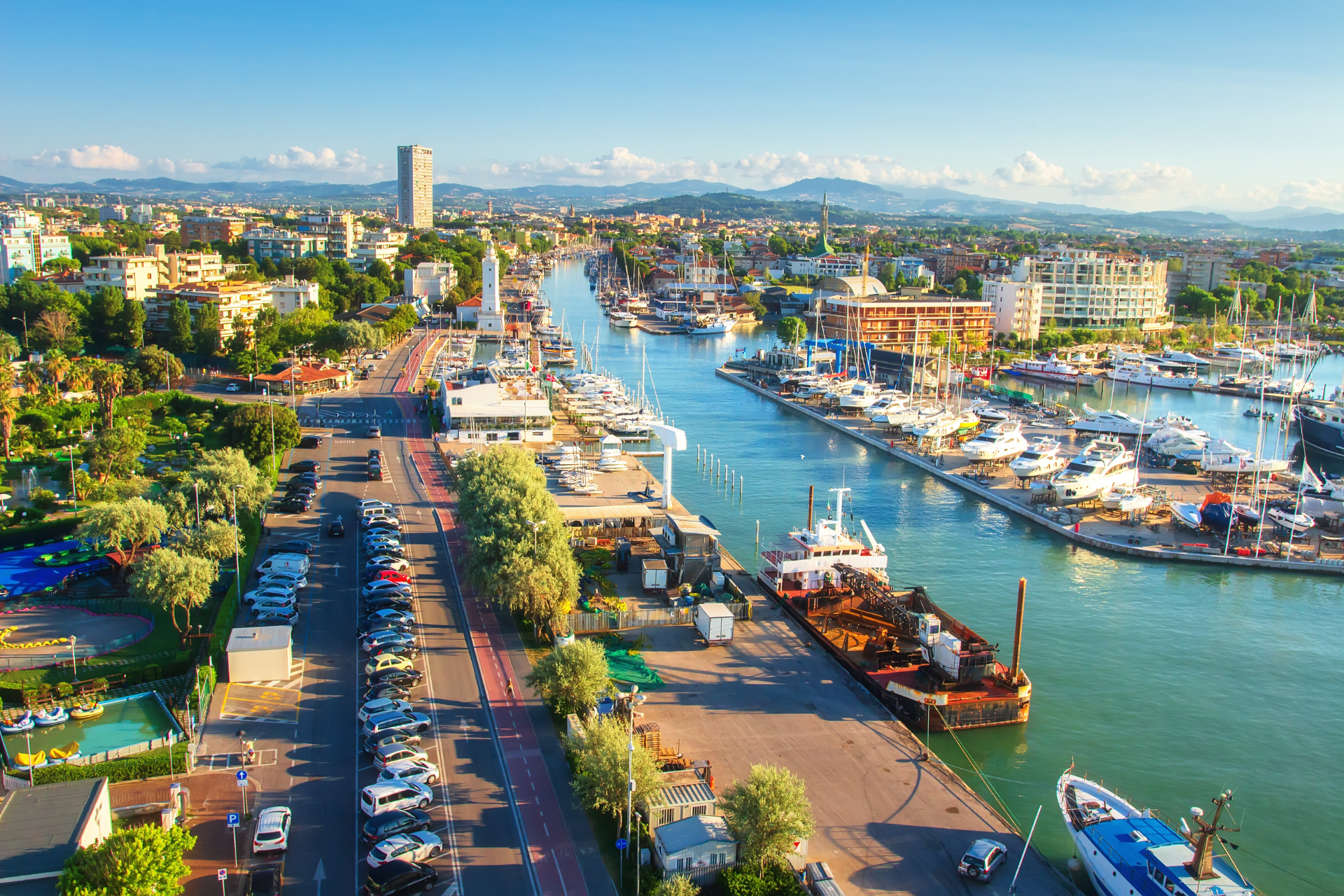Malatesta Temple is one of the most interesting buildings of the Italian Renaissance, which was commissioned by Sigismondo Malatesta to represent his glory. The temple was built on the remains of a Franciscan church and the architectural style is Romanesque; construction began in the 19th century and was completed in 1468.
This temple was totally renovated under the rule of Sigismondo Pandolfo Malatesta and involved artists such as Leon Battista Alberti, Matteo de' Pasti, Agostino di Duccio and Piero della Francesca.
Some of the marble was taken from the ruins of Sant'Apollinare in Classe and from Fano. This church was used in the 14th century as the tomb of the Malatesta family, and was therefore enriched with altars and works of art.
Everything about the structural iconography is unique in Italy; in fact, it was transformed by Pandolfo into a monument celebrating himself and his lordship. The structure, which combines both Christian and pagan iconography, displays a complex language that later determined the name of the Temple.
In an attempt to find a single key to interpretation, the scattered analysis of the icons leads to the emergence of a celebratory intent for the figure of the lord and his court. The structure, which was initially elaborated by Alberti, was not completed, and a series of wartime conflicts made it impossible to finish the work.
During World War II, the building suffered damage in the apsidal area, which was destroyed along with the roof, which was later rebuilt with a brick exterior and a white plaster interior.
The exterior of the building was designed by Leon Battista Alberti, as was the marble shell, which allowed the pre-existing building to remain intact.
An unfinished work that in the lower part of the façade envisaged square arches and columns would divide it into three parts, in the upper part a pediment and at the central point a richly ornamented portal would channel the view.
An interior enveloped in a surreal atmosphere, a single nave covered with wooden beams embraces the visitor. Sigismondo's tomb is on the right and is made of marble, featuring two bas-reliefs.
At the end of the temple is the cella of the Relics, where one can admire a drawing by Piero della Francesca that was prepared to create the fresco.







